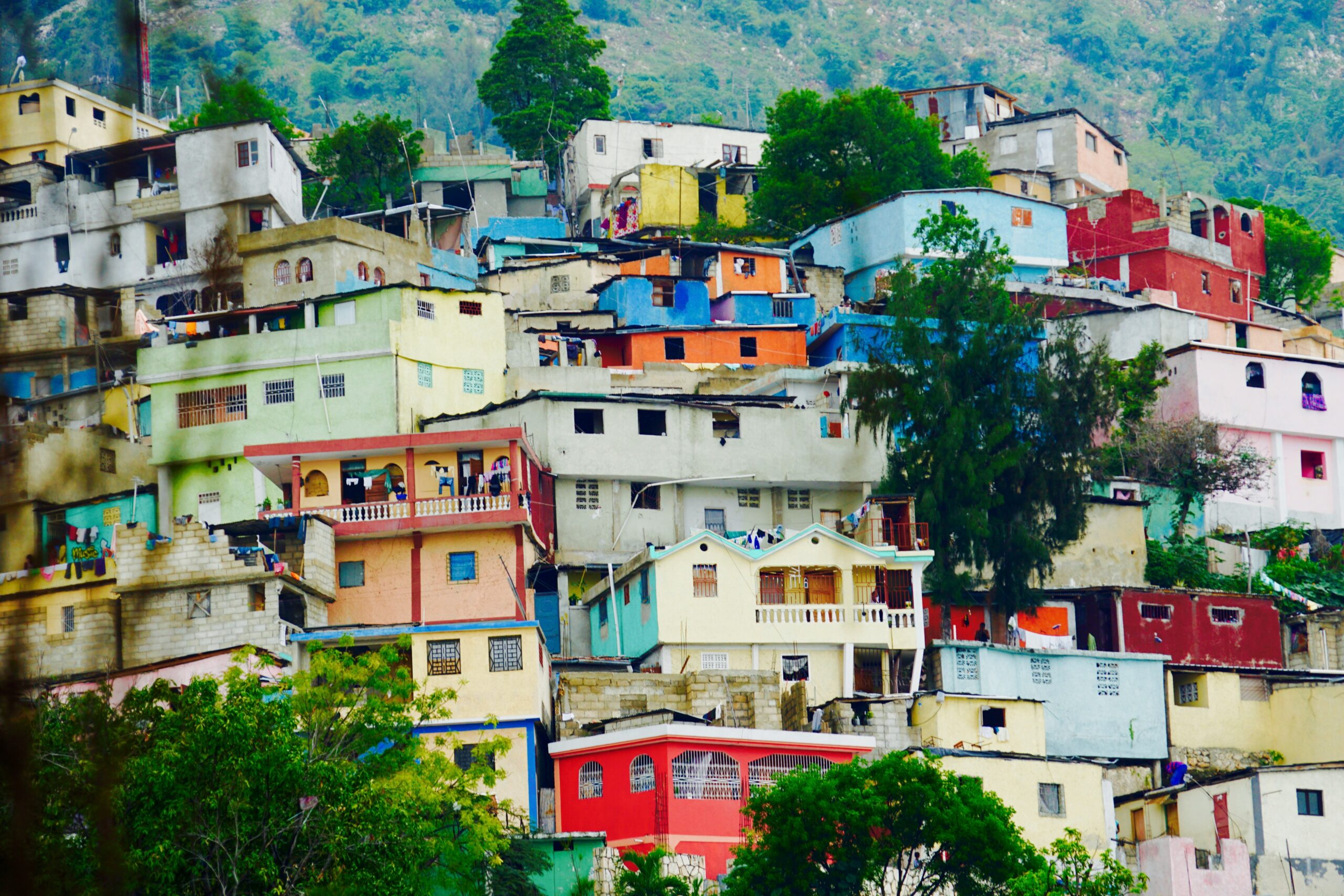Location and Surface Area
Haiti, located in the Caribbean region, shares the island of Hispaniola with the Dominican Republic. It is situated in the western part of the island and covers an area of approximately 27,750 square kilometers.
Climate
Haiti enjoys a tropical climate with warm temperatures throughout the year. The coastal areas experience hot and humid weather, while the higher elevations offer a more pleasant and cooler climate. The country has two main seasons – a dry season from November to April and a rainy season from May to October.
Fauna and Flora
Haiti is known for its rich biodiversity and stunning natural landscapes. The country is home to a diverse range of flora and fauna, including unique species found only in this region. Visitors can explore lush rainforests, beautiful coral reefs, and stunning waterfalls, providing ample opportunities for nature lovers and adventure enthusiasts.
Attractions
From historical sites to breathtaking beaches, Haiti offers a wide range of attractions for visitors to explore. The Citadelle Laferrière, a UNESCO World Heritage Site, is a must-visit for history buffs. The stunning beaches of Labadee and Jacmel attract sun-seekers and water sports enthusiasts. The Bassin Bleu waterfall and the picturesque town of Cap-Haïtien are also popular tourist destinations.
Population
Haiti has a population of around 11 million people. The majority of the population is of African descent, with a rich cultural heritage that influences the country’s traditions, music, and cuisine.
Currency
The official currency of Haiti is the Haitian gourde (HTG). It is advisable to carry local currency for day-to-day transactions, although major credit cards are accepted in some hotels, restaurants, and shops.
Visa
Visitors to Haiti may require a visa, depending on their nationality. It is recommended to check with the nearest Haitian embassy or consulate for specific visa requirements. Tourist visas are typically valid for up to 90 days.
Official Languages
The official languages of Haiti are Haitian Creole and French. English is also spoken in some tourist areas and by certain professionals.
Culture and Customs
Haitian culture is a vibrant mix of African, French, and indigenous influences. The country is known for its lively music, dance, and art. Visitors can immerse themselves in the vibrant local culture by attending traditional festivals, exploring local markets, and trying delicious Haitian cuisine.
Hospitality
Haitian people are known for their warm hospitality and welcoming nature. Visitors can expect to be greeted with open arms and experience the genuine friendliness of the locals. Haitians take pride in sharing their culture and traditions with visitors, making it a memorable and enriching experience.
Main Cities
Port-au-Prince, the capital city of Haiti, is a bustling metropolis with a vibrant arts scene and historical landmarks. Other significant cities include Cap-Haïtien, known for its colonial architecture, and Jacmel, famous for its vibrant carnival celebrations and beautiful beaches.
Airports and Airlines
Toussaint Louverture International Airport, located in Port-au-Prince, is the main international gateway to Haiti. It is served by several international airlines, providing connections to major cities around the world. Other airports, such as Cap-Haïtien International Airport and Les Cayes Airport, cater to domestic and regional flights.
Conclusion
Whether you are looking to explore Haiti’s rich cultural heritage, relax on stunning beaches, or immerse yourself in its natural beauty, this Caribbean gem has something for everyone. With its warm climate, friendly locals, and diverse attractions, Haiti is a destination worth exploring. Plan your visit, and get ready for an unforgettable experience!

